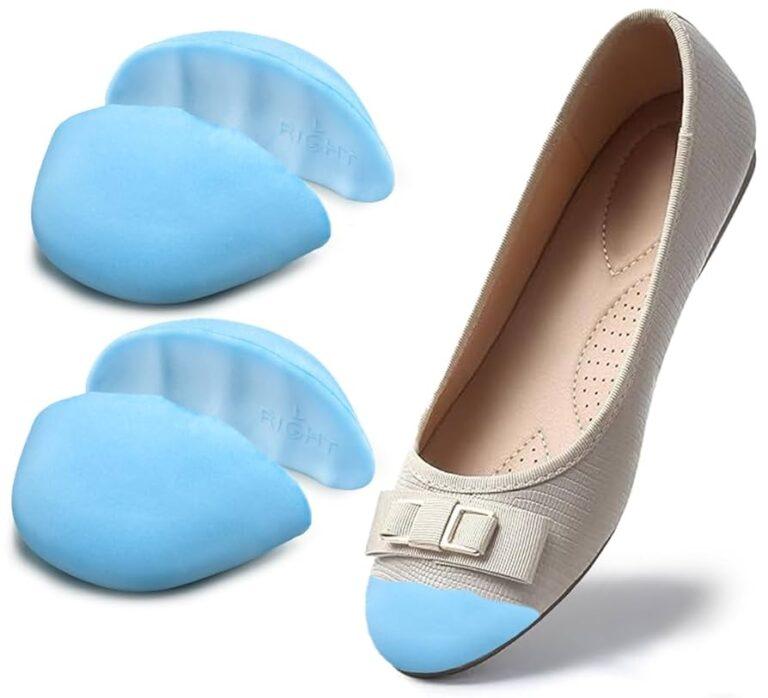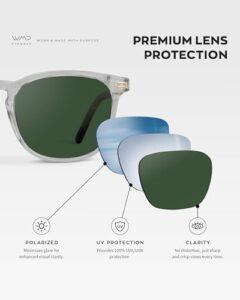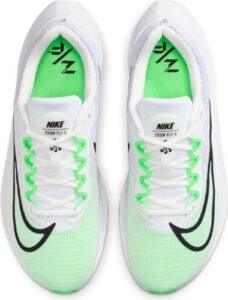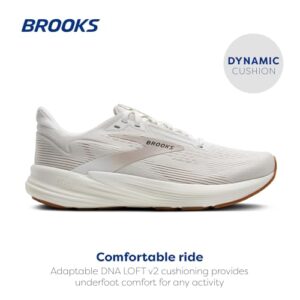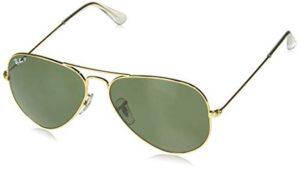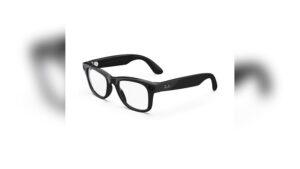Have you ever bought a pair of boots only to find out they’re too big? It’s frustrating when your boots don’t fit right, making every step uncomfortable.
But don’t worry—you don’t have to toss them aside or spend money on a new pair. There are simple tricks you can use to make boots that are too big fit perfectly. Keep reading, and you’ll discover easy, effective ways to get your boots feeling snug and comfortable, so you can enjoy every step you take.

Credit: www.walmart.com
Identify The Fit Issues
Start by checking for excess spaceinside the boots. Too much room can cause your feet to slide around. This affects comfort and walking.
Next, assess heel slippage. If your heel lifts when walking, the boots are too big. This can cause blisters and discomfort.
Also, evaluate the toe room. Your toes should not feel cramped or have too much space. Proper toe space helps you walk naturally.

Credit: www.reddit.com
Use Insoles For A Better Fit
Choosing the right type of insolematters a lot. Gel insoles add comfort, while foam insoles fill space well. Thin insoles work best for small adjustments. Thick insoles help if boots are very loose.
Insert insoles flat and smoothinside the boot. Make sure they fit the shape of the boot’s sole. If the insole moves or folds, it will feel uncomfortable.
Layering insoles is a good idea for extra snugness. Start with a thin insole, then add another on top. Check how the boots feel after each layer. Remove layers if boots feel too tight.
Try Thick Socks Or Sock Liners
Thick sockscan fill extra space inside boots. They make boots fit tighter and more comfy. These socks keep feet warm and stop slipping. Sock linersadd a thin extra layer for better fit and softness.
Using insoleswith thick socks is smart. Insoles lift feet up inside boots. This stops heels from rubbing and boots from feeling loose. Together, socks and insoles fix size problems well.
Choose socks made of soft material to avoid blisters. Thick socks also protect feet from hard rubbing. Wearing the right socks stops discomfort and keeps boots cozy all day.
Add Heel Grips And Pads
Heel gripscome in different types like foam, gel, and leather. They help fill space at the heel and stop slipping. Foam grips are soft and cheap, good for light use. Gel grips are sticky and last longer, perfect for daily wear. Leather grips are thin and durable but less cushioned.
Place heel grips inside the boot’s heel area. Make sure the surface is clean and dry first. Peel off the backing and press firmly in place. Let the adhesive stick well before wearing the boots.
To prevent blisters, choose grips with smooth edges. Avoid placing too many pads, which can cause tight spots. Wear thick socks at first to protect skin. Change or replace grips when they wear out for best comfort.
Adjust Lacing Techniques
The lock lacing methodhelps keep boots snug. Thread the laces through the bottom eyelets normally. Then, cross the laces and pull them up through the next eyelets on the same side. Pull the laces tight and tie as usual. This creates a secure holdthat stops your foot from sliding.
Tightening strategiesinclude pulling laces firmly but not too tight. Tighten the laces starting from the bottom and moving up. This gives a better fit around the whole foot. Avoid loose loops which can cause slipping inside the boots.
Using additional eyeletscan also improve fit. If your boots have extra eyelets, use them to make the lacing tighter. Skip some eyelets if needed to bring the laces closer. This adds extra support where you want it most.
Use Tongue Pads For Tightening
Selecting tongue padsmeans choosing the right size and material. Soft foam pads work well for most boots. Thin pads fit better in tight shoes. Make sure the pads cover the tongue area fully. This helps in making the boots feel snug.
Proper applicationis key. Clean the tongue area first. Peel off the backing from the pad. Press it firmly onto the tongue inside the boot. Avoid placing pads where they cause discomfort. Check the fit after placing the pads. Add or remove pads to reach comfort.
Effect on fitcan be very noticeable. Tongue pads fill extra space. They push your foot back slightly. This stops your heel from slipping. Boots feel tighter without tight laces. Walking becomes more stable and less painful.
Try Professional Boot Alterations
Professional boot alterations help make big boots fit better. Experts know how to change boots safely. Alterations are best when boots feel loose but still comfy. Tightening the heel or adding padding can stop slipping. Sometimes, shrinking the boot’s width helps too.
Common alterations include adding insoles, heel grips, or adjusting straps. Stitching the back or sides can reduce extra space. These changes keep boots comfy without hurting their shape.
| Alteration Type | Description | Typical Cost |
|---|---|---|
| Insole Addition | Inserts added for extra fit and comfort | $10 – $30 |
| Heel Grip | Pads placed at heel to prevent slipping | $5 – $15 |
| Width Adjustment | Boot sides stitched to reduce width | $20 – $50 |
Prevent Future Fit Problems
Choosing the correct boot sizeis key to avoiding fit problems later. Always try boots on with the socks you plan to wear. Walk around the store to check comfort and fit. Boots should feel snug but not tight.
Testing boots before purchase helps spot issues early. Check for extra space in the heel or toe box. Make sure boots don’t pinch or rub anywhere. Spend time standing and moving to see how they feel.
Breaking in boots can make them fit better. Wear them at home for short periods first. Use thick socks to help stretch them slightly. Gently bend the boots with your hands to soften them. This process makes boots more comfortable over time.

Credit: www.walmart.com
Frequently Asked Questions
How Can I Make Boots That Are Too Big Fit Better?
Use thick socks or insoles to fill extra space inside boots. Heel grips also help prevent slipping. These methods improve fit and comfort quickly without altering the boots.
What Materials Help Tighten Loose Boots Effectively?
Gel inserts, foam insoles, and heel grips are ideal. They cushion your feet and reduce boot volume. These materials are affordable and easy to use for a snugger fit.
Are Diy Hacks Safe For Resizing Big Boots?
Yes, using insoles, socks, or heel pads is safe. Avoid stretching or cutting boots, which can damage them. Simple adjustments protect your footwear and improve comfort.
Can Thicker Socks Make Oversized Boots More Comfortable?
Absolutely! Thick socks add padding and reduce empty space inside boots. They also keep feet warm and improve overall fit. This is a quick, no-cost solution.
Conclusion
Too-big boots can feel uncomfortable and unsafe. Small fixes like insoles or thick socks help a lot. Try heel grips or tongue pads for better fit. Adjust laces tightly to reduce slipping inside. These simple tips make boots fit snug and comfy.
Enjoy walking with confidence and no pain. Keep your boots secure and cozy every time.

Madison Clark is a footwear expert and the voice behind MyStyleGrid.com. She specializes in honest shoe reviews, style tips, and practical guides to help readers find the perfect pair for any occasion. With years of experience in blogging and content creation, Madison makes footwear knowledge simple, stylish, and easy to follow.

